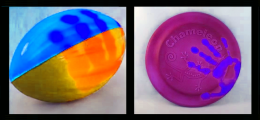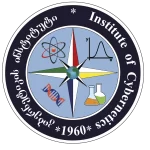Laboratory of thermo-and-photochromic-structures




Thermochromism is the property of substances to change color due to a temperature change. Thermochromicmaterials change color reversibly with temperature changes. They can be made as semi-conductor compounds, from liquid crystals or metal compounds.
Photochromism is the reversible transformation of a chemical species between two forms by the absorption of electromagnetic radiation, where the two forms have different absorption spectra. Trivially, this can be described as a reversible change of color upon exposure to light. Photochromism is the light-driven reversible transformation between two isomers possessing different absorption spectrums and geometrical structures.
Azobenzene, spiropyran, phenoxyquinone, and bisthienylethene derivatives are representative of the most common types of photochromic compounds explored to date. One of the most unique examples of molecular switches is spiropyran (SP), whose closed-ring form, a hydrophobic isomer transforms into a highly polar, open-ring merocyanine (MC) forms, upon exposure to UV light, whereas the reverse reaction can be induced by visible light, or by heat.

